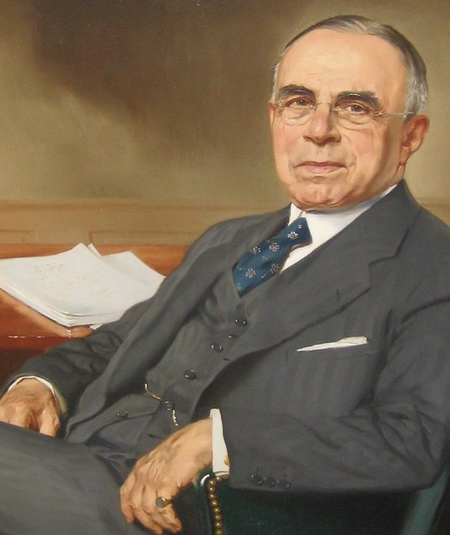Hundreds of job reductions are expected at Hudbay’s Flin Flon operations by 2019 or 2020, with the company hoping retirements and a proposal to maintain the zinc plant can minimize job losses.
While Hudbay has developed projections around job losses and layoffs, Daniel Weinerman, manager of investor relations and corporate communications, stressed all figures under discussion are preliminary estimates.
At best, the news will mean a reduction of approximately 500 jobs: Hudbay estimates 200 will come from layoffs, with the rest from attrition as workers leave or retire. At worst, Flin Flon could lose 800 to 900 jobs, leaving the city with a small fraction of the company’s Manitoba workforce.
























